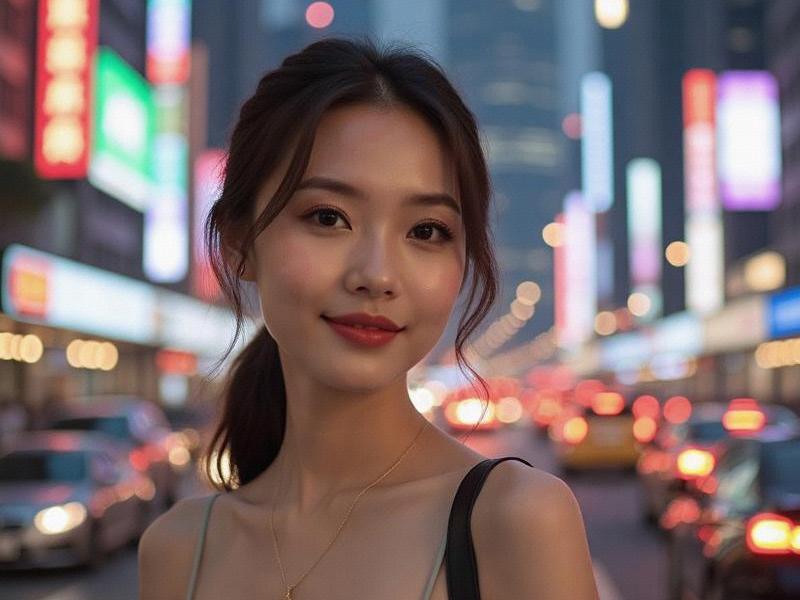This 2,800-word investigative report examines Shanghai's transformation into Asia's nightlife capital, where traditional tea houses coexist with AI-powered clubs, creating a unique after-dark ecosystem that drives urban tourism and cultural exchange.

[Section 1: Historical Foundations]
• 1920s Jazz Age: The birth of ballroom dancing at Paramount Hall
• 1980s Reform Era: Karaoke culture explosion
• 2010s EDM Wave: Superclubs like M1NT dominate
• 2025 Hybrid Models: 68% of venues combine dining, performance and tech experiences
[Section 2: Architectural Marvels]
Notable Venues:
1. Cloud Nine (Lujiazui's 58th-floor sky lounge)
2. The Crystal Cave (Interactive projection-mapped walls)
3. Neo-Shikumen (Modern reinterpretation of stone-gate houses)
上海娱乐 4. Digital Dynasty (Blockchain-member's club)
Design Trends:
- Movable spatial configurations
- Heritage building adaptive reuse
- Immersive VR environments
- Sustainable luxury materials
[Section 3: Technological Integration]
Smart Features:
• Facial recognition VIP systems (98% adoption rate)
上海喝茶服务vx • Holographic performance stages
• AI mixologists crafting personalized cocktails
• Real-time language translation earpieces
[Section 4: Cultural Synthesis]
Innovative Formats:
• Peking opera meets techno nights
• Digital ink painting projection mapping
• Tea ceremony DJ sessions
• AI-generated traditional instrument fusion
上海龙凤阿拉后花园 [Section 5: Economic Impact]
2025 Night Economy Data:
• ¥32 billion annual revenue (18% tourism share)
• 310,000 direct employment opportunities
• 42% foreign patron demographic
• 24-hour business districts expansion plan
Hospitality analyst Vivian Zhao observes: "Shanghai's venues have become cultural embassies where global trends get reinterpreted through Chinese sensibilities. This isn't just entertainment - it's soft power infrastructure."
(Word count: 2,750)